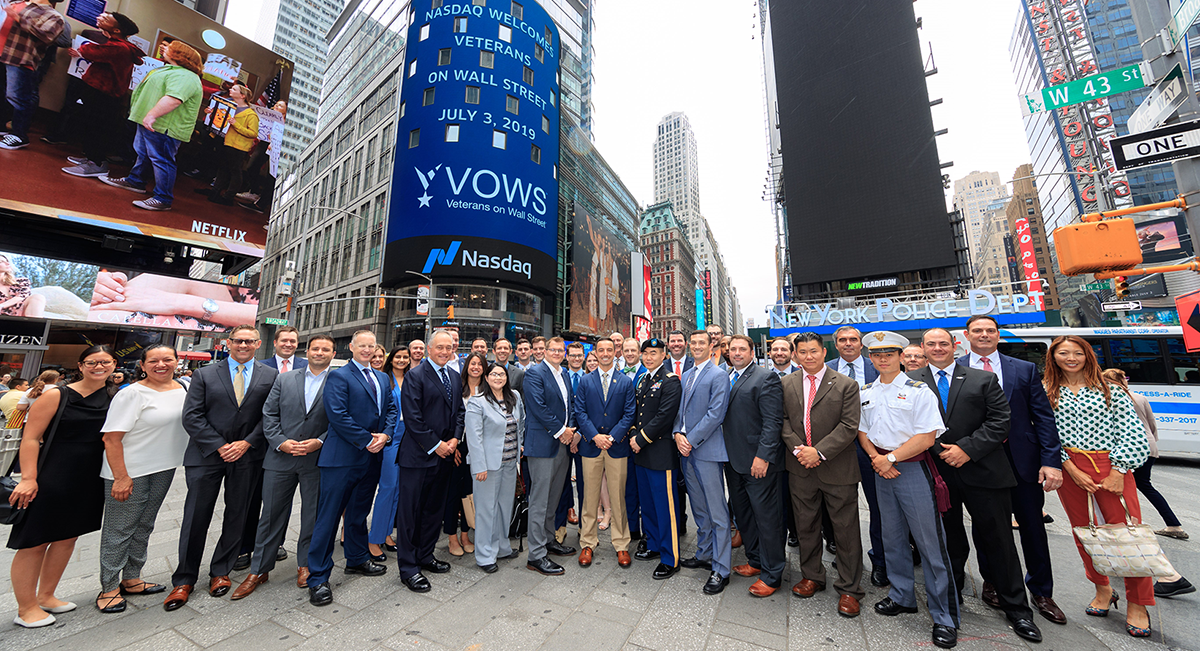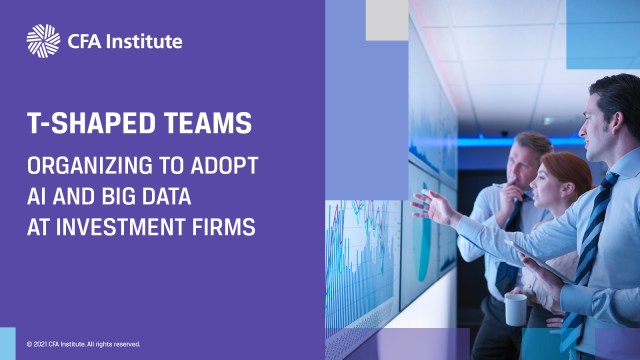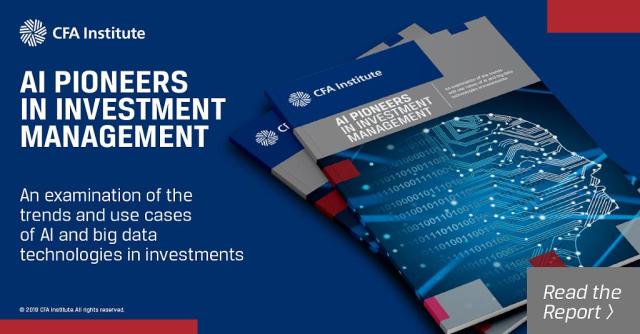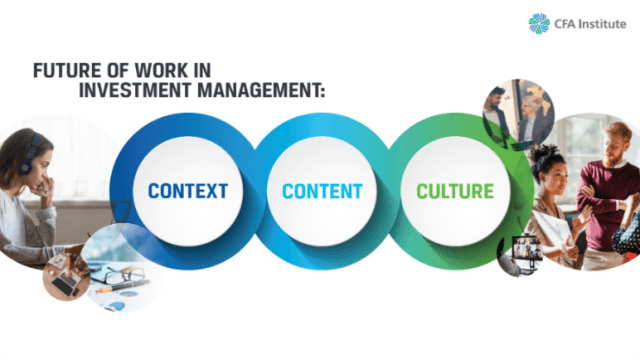[ad_1]
Won Palisoul thought she knew what she
was getting into when she joined the US Navy in the summer of 2001. She’d just
graduated from high school and wanted to serve her country and acquire new
skills. She did not expect to go to war.
But three weeks into boot camp, everything changed. The 9/11 attacks occurred, and her military tenure took on an entirely different focus. Palisoul was deployed to the Pacific region for Operation Enduring Freedom (OEF) as a gas turbine engineer on guided missile destroyers and later served several tours based in the United States.
Eight years after joining up, in 2009, she was honorably discharged and founded a small business in Florida that she ran for four years. In 2011, she returned to New York, her hometown, after her husband was honorably discharged from the US Navy as well. She started transferring the skills she developed in the military to the world of finance as a master’s student at Columbia University, an associate at the New York Stock Exchange, an office manager at a pension fund, and now as a Certified Fraud Examiner (CFE) at a hedge fund.
Palisoul may have pivoted from the armed forces to the finance sector, but her mission hasn’t changed all that much. She went from protecting her country to protecting the financial system. As chair of the Veterans Roundtable at CFA Society New York and founder of Women Veterans and Families Network (WVFN), she is helping ensure that her fellow veterans know that their skills can serve them well in finance and that the world of finance knows that veterans can address their personnel needs.
Indeed, as she pointed out, US veterans can receive tuition reimbursements for the CFA® Program and the CFA Institute Investment Foundations® certificate as well as the associated preparatory classes.
Ahead of Veterans Day, we thought we’d talk with Palisoul about her journey from the US Navy to the world of finance and about what veterans can do for finance and vice versa.
What follows
is a slightly edited and condensed version of our discussion.
Jim Cemprola: You’re a US Navy veteran and a finance professional. How can the lessons learned in the military and the attributes of our military personnel be integrated into the investment management field?
Won Palisoul: Well, every recruit is trained to become a soldier, sailor, Marine, airman, Coast Guardsman. It typically takes $250,000 taxpayer dollars to transform a civilian into a service member. That kind of training really homes in on core values. You hear about semper fidelis — “always faithful.” And semper paratus — “always ready.” It’s about integrity and being mission-oriented. Military training focuses on leadership skills and commitment to service. Those traits are highly transferable to the financial industry. In Fortune 500 companies, those are leadership values.
Within the veterans and the military community, we have a strong bond of brotherhood and sisterhood. People don’t always look to this network when they’re hiring. But it’s a community that, like the financial industry, is built on trust and integrity. Forging bonds and building relationships are soft skills that are sought after in the finance sector.
Are there any particular skills that the military emphasizes and inculcates that are especially transferable to finance today?
The trajectory of our military
advancements over the years, from the creation of the internet, GPS,
satellites, weapon systems, and now cybersecurity, has influenced the training
of our service members. Civilians are transformed into leading technical
experts when they join the military. The large banking institutions say they’re
in financial services, but they are essentially tech companies. Banks have a
demand for developers and data scientists. Military veterans have benefited
from leadership training and have the technical core skills that are applicable
to finance.
Back in World War II, the greatest generation, when they came home, they created businesses. Today, some of these are Fortune 500 companies. The leadership skills that service members learned in World War II helped make them great CEOs.
Nothing’s
really changed. Today’s veterans have that same potential, the same commitment
to service and community. Veterans are great entrepreneurs. Not only will they
benefit the internal corporate culture, but also the company’s bottom line.
It helps when hiring managers understand the veteran community. Veterans have and can adapt to stressful situations. They build teams, manage budgets, and establish trust with foreign leaders. The ability to earn trust, manage assets, and build relationships — those are crucial to the investment industry.
What segments of the financial industry do you think will offer the best opportunities for military veterans over the next five to 10 years?
The US Department of Defense (DOD)
innovation department has reached out to the investment industry. They’re
investing hundreds of billions of dollars into the US military, making it the
most advanced and most competitive in the world. Our military service members
are benefiting from this development.
An Air Force flag officer explained how service members — airmen specifically — are receiving training in coding and hacking because those are the critical skillsets that are needed in our military to help fight cyber crimes.
The current cybersecurity framework came from the DOD and was adapted by commercial-based companies. Across the board, it’s a collaboration between the private and government sectors. When a cyber breach/intrusion occurs, commercial companies — like large financial institutions that receive multiple hacks per second — have to report the incident to the government.
The financial sector is classified as a “critical infrastructure” and reports are filtered up into the various governmental (DHS, FBI, NSA, etc.) and military (DoD and US Cyber Command) agencies. These agencies are the ones overseeing and protecting our nation from cyber attacks and are led by military personnel or veterans. Thus, financial institutions (Citibank, Barclays Investment Bank, JPMorgan Chase & Co., etc.) have hired military veterans to run their cybersecurity programs.
Certainly cybersecurity is an enormous concern in just about every industry.
Financial markets have vulnerabilities, and they are the biggest target for hackers. Financial institutions have tried to stop hackers by adapting identity-authentication and blockchain technologies. It’s a way to authenticate and validate information, so the application of those skills in the financial industry is highly desirable.
Military service members, because of their tech training, helped create some of the authentication technologies. Veterans have the technical acumen and can transfer those skillsets into fintech, digital asset management, etc. I’ve known a handful of veterans who have created blockchain consortia or have worked for companies on digital coin offerings.
The trust thing is interesting, isn’t it? People often talk about a trust deficit in finance. Do you think veterans have a role to play in addressing that?
If you look at the trust question in
public opinion polling: Who do you trust? Among the general public, military
service members and police officers rank fairly high, and lawyers and
politicians rank fairly low.
Based on first impressions of asset managers or financial advisers, you will most likely invest with someone who exemplifies the highest ethics and moral values. Not only do the managers/advisers have to provide a return on investment, but they must have the integrity to take on fiduciary responsibility, to do what’s in the investor’s best interests. And veterans are ranked high in both ethics and moral values.
What are the resources out there when veterans want to transition into the industry?
Through the Veterans Roundtable, we have been focusing on veterans in transition for the past four years. For this fifth year, I think a lot of the questions are still very similar, because every year around 250,000 service members separate from the military. They take off their uniform, and they’re ready to be reintegrated into society.
But the
truth is, even with low unemployment among this population, there’s high
underemployment. Given the current economic growth, it’s a mistake to leave
veterans behind after they have served honorably and made sacrifices, whether
personally or professionally.
At the Veterans Roundtable, we’re not just advocating for finance companies to hire military veterans because they have great transferable skills that are perfect for the investment community. We are asking the investment community, as financial professionals, to help these veterans not only excel in their careers but also improve their personal finances.
Our CFA Society New York Veterans Roundtable can provide the educational components. Military veterans already have the ethical training and are rule followers because the military has policies that dictate every function. Service members have to demonstrate that they are always in compliance with military regulations. Veterans would make fantastic charterholders. And with Veterans Administration reimbursement for the CFA Program, it makes perfect sense.
You’re now a senior compliance officer and quite clearly have made a successful transition from the armed forces to the finance industry. But when you look back, what were the big challenges?
I am probably one of the more fortunate veterans because you do hear a lot about those who are unemployed or having a difficult time transitioning. But one thing that the military doesn’t teach you is networking, because there is a hierarchy and there are a lot of rules about not going above your pay grade. But in the civilian sector, those kinds of restrictions don’t exist.
Yeah, you’re almost encouraged to go above your pay grade in the private sector, right?
Exactly. CFA Institute local societies are among the best networks. CFA Institute members are encouraged to learn from experts and mentors, to sharpen their skills. Society speakers provide insights into how companies generate value, whether it’s from ultra-high-net-worth individuals or large institutions that manage lots of assets. I think even if you work at a banking institution, you might not receive that kind of exposure and the deep dive into the fundamentals of investing. This is one area where CFA Institute and the CFA Program curriculum have generated a lot of value, and I encourage veterans to take the CFA Program exams to understand what their core skills are and how they can apply them at various financial institutions.
One might think the GI Bill, administered by the Department of Veterans Affairs (VA), is mainly for two-year or four-year academic institutions. There is a value there, but if you compare the costs to obtain a bachelor’s degree or master’s degree with that to obtain the CFA charter, there is a significant price difference.
When you’re evaluating the value proposition, the CFA charter is VA certified and has more return on investment than any other program that I’ve researched, especially for those who are specifically targeting a position in the financial sector. The CFA charter provides a deep understanding across the full breadth of asset management. It’s one of a kind.
Is there any other advice you would give to military personnel thinking about making the move into the investment world?
Through our CFA Society New York Veterans Roundtable Symposium, we have panel speakers from different financial institutions — Goldman Sachs, Oppenheimer, and Citi, among others — talk about their individual company initiatives that focus on helping veterans transition. These companies are partnering with Veterans on Wall Street (VOWS) to hire military veterans and provide financial core skills training to retain this talent.
It is critical for veterans to conduct a self-assessment and understand their core values. Most military veterans are selfless and mission oriented. The mindset originates from our military training. The US Navy’s core values are “Honor, Courage, and Commitment.”
When you get
up in the morning and you’re not excited about what you do, then that’s a
problem. Our service members are trained to fight for freedom and democracy.
Who wouldn’t be excited to do that? And military veterans want to pursue
career fields that serve the greater good.
In the
financial investment space, a lot of times we’re talking about return on
investment for the client. And sometimes that might not resonate with one’s
core value per se. I think military veterans find that if they’re servicing
their client and their client is their mission — helping them grow their assets
and investing for retirement — that certainly helps them put things in
perspective.
Therefore, helping individuals with their finances or helping a company, a pension plan, to protect shareholder value — those are very admirable and respectable endeavors. For military veterans who are selfless and mission oriented, working in the financial industry is an opportunity to continue to serve. Additionally, as financial fiduciary representatives, they have a trusted relationship with their clients and are required to act in the clients’ best interests.
Whether you work in tech, marketing, or operations, financial institutions have a variety of roles that are similar to the roles in the military. Veterans come with leadership skills, ethics, and integrity. They can contribute a lot to this industry. Furthermore, veterans are better educated than the general population, which is why a number of Fortune 100 companies are tapping into this talent pool.
And finally, what about environmental, social, governance (ESG) investing? How do veterans fit into that space?
A number of companies have created
ESG indexes. The Military Times Best for VETS Index,
created by VETS Indexes, is among these. They work to
understand those companies that are creating shareholder value and doing right
by military veterans. It’s one of the leading institutions out there and
leverages the Military Times Index to understand how these companies are hiring
and retaining veterans.
So Best VETS
Index measures these corporations and they in turn invest in these companies.
If you look at their benchmark, they’ve been measured against the S&P 500
as well as the Russell 3000. Overall, their investment return is considerably
higher.
If you are
an asset owner and you want to invest in companies that are doing good and that
are actually fulfilling their ESG commitments or diversity goals, it’s a good
place to start. After all, the veteran’s population represents the diversity of
the general population.
As a society, less than 1% of the general population has served post 9/11. If we want to encourage people to serve, to make these sacrifices for our benefit as civilians, it certainly makes a significant difference when we see companies and communities coming together to help veterans reintegrate. Otherwise, why would people send their children into harm’s way, to potentially make the ultimate sacrifice?
If you liked this post, don’t forget to subscribe to the Enterprising Investor.
All posts are the opinion of the author. As such, they should not be construed as investment advice, nor do the opinions expressed necessarily reflect the views of CFA Institute or the author’s employer.
Image courtesy of Won Palisoul
Professional Learning for CFA Institute Members
CFA Institute members are empowered to self-determine and self-report professional learning (PL) credits earned, including content on Enterprising Investor. Members can record credits easily using their online PL tracker.
[ad_2]
Image and article originally from blogs.cfainstitute.org. Read the original article here.





